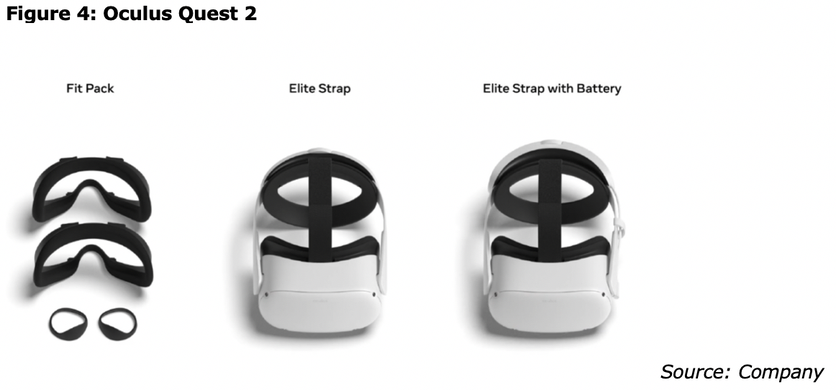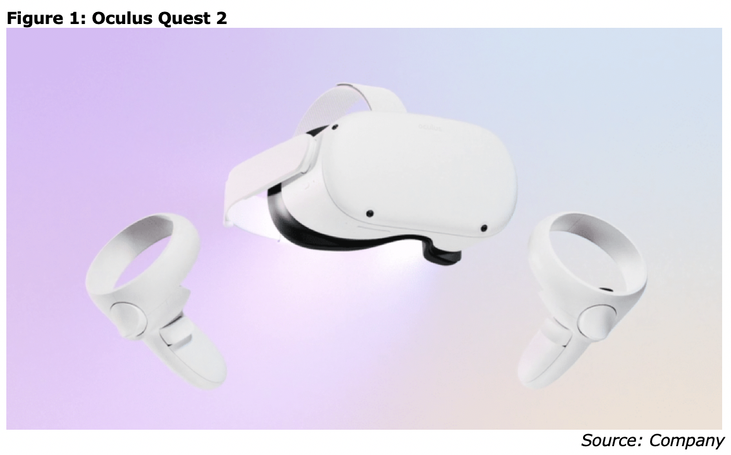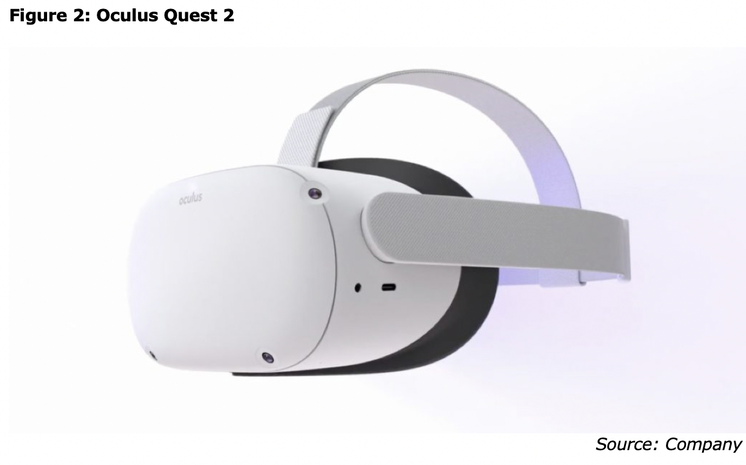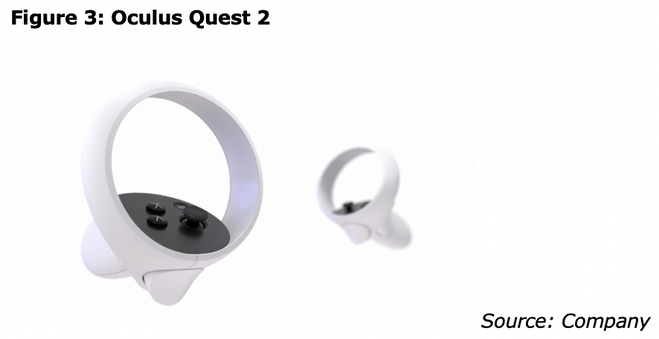Vertical Divider
Oculus Quest 2: Price, Release Date, Accessories Announced
Facebook Connect (formerly Oculus Connect) kicked off with the official reveal of the highly-anticipated Oculus Quest 2.
Facebook Connect (formerly Oculus Connect) kicked off with the official reveal of the highly-anticipated Oculus Quest 2.
Available October 13th for an $299 (64GB) and $399 (256GB), the Oculus Quest 2 features an all-new Qualcomm Snapdragon XR2 chipset, offering more power and speed compared to the original Oculus Quest’s Qualcomm Snapdragon 835. All this power means faster load times, better-looking games and apps, and an overall smoother in-headset experience. The Oculus Quest 2 specs include :
- Custom Qualcomm Snapdragon XR2
- 6GB of RAM
- 2K per eye resolution (50% more pixels compared to original Quest)
- Seven onboard cameras
- Single LCD
- Adjustable optics (IPD)
- Improved ergonomics
- 10% lighter than original Quest
In addition to these new internals, the Quest 2 features a smaller, lighter design (10% less weight than the original Quest), an all-new Soft Touch strap, and improved ergonomics and haptics for the Touch controllers. Also announced was Oculus Move, a new fitness-focused platform coming later this year that will use in-game overlays and stats to track your in-headset performance.

These Chinese firms include Kunming BOE Display Technology ( a joint venture between BOE Technology and Olightek Opto-Electronic Technology), Hefei Shiya Display Technology, Kunshan Visionox Display Technology and Semiconductor Integrated Display Technology are developing OLED micro displays. Innovative and Transformation (INT) and local investors in China's Taizhou expect to kick off production of OLED micro displays in 2021.
These companies are designing ultra-high pixel density of up to 2,000-3,000ppi and high luminance output >5,000 cd/m2. They will compete with eMagin and Kopin that have already demonstrated >7,000 cd/m2. INT and eMagin are both working on direct patterning of sub-pixels to reach the luminance levels.
These companies are designing ultra-high pixel density of up to 2,000-3,000ppi and high luminance output >5,000 cd/m2. They will compete with eMagin and Kopin that have already demonstrated >7,000 cd/m2. INT and eMagin are both working on direct patterning of sub-pixels to reach the luminance levels.
|
Contact Us
|
Barry Young
|



